We all wish our dogs could talk to us – it would make life soo much easier! But, did you know your dog does try to speak to you? While it might not be in your language, your dog most definitely communicates with you. The following are a few of the main ways your dog talks to you about things that are important. Teaching your kids your dog’s language can also help to prevent bites from happening.
#1 – Bringing you something
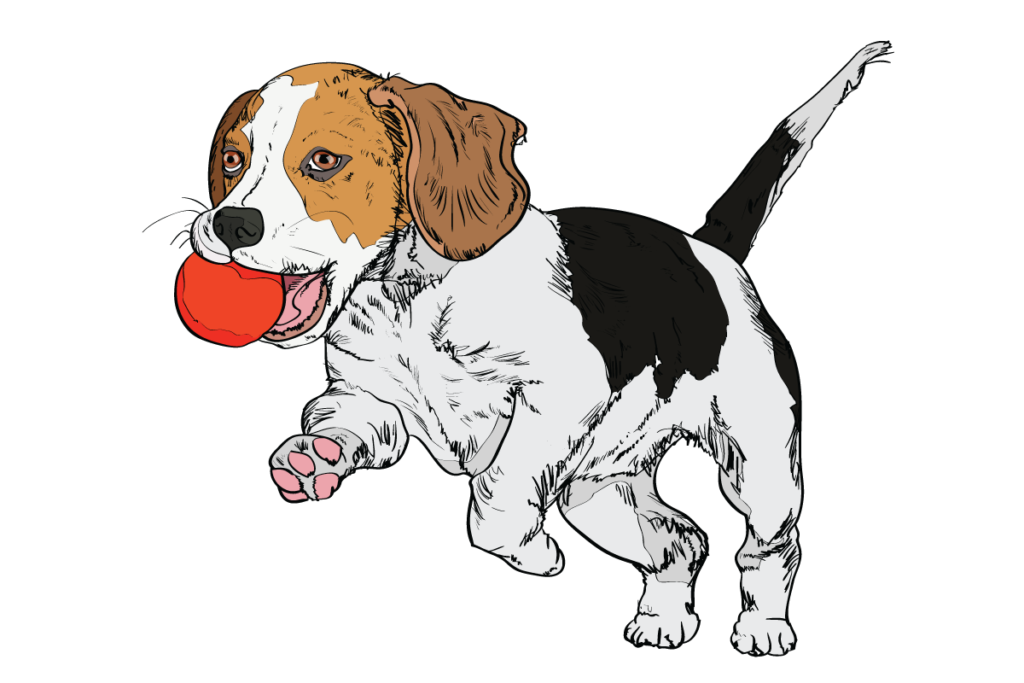
This is a pretty easy one. Most dogs bring their owner somehing when they want to play. Whether it’s a favorite toy, a stick to throw or even a sock (please, can we play tug with this??), it’s usually their way of asking you for some play time. My persistent dog will follow me around, pushing the toy into the back of my leg.
#2 – Cowering
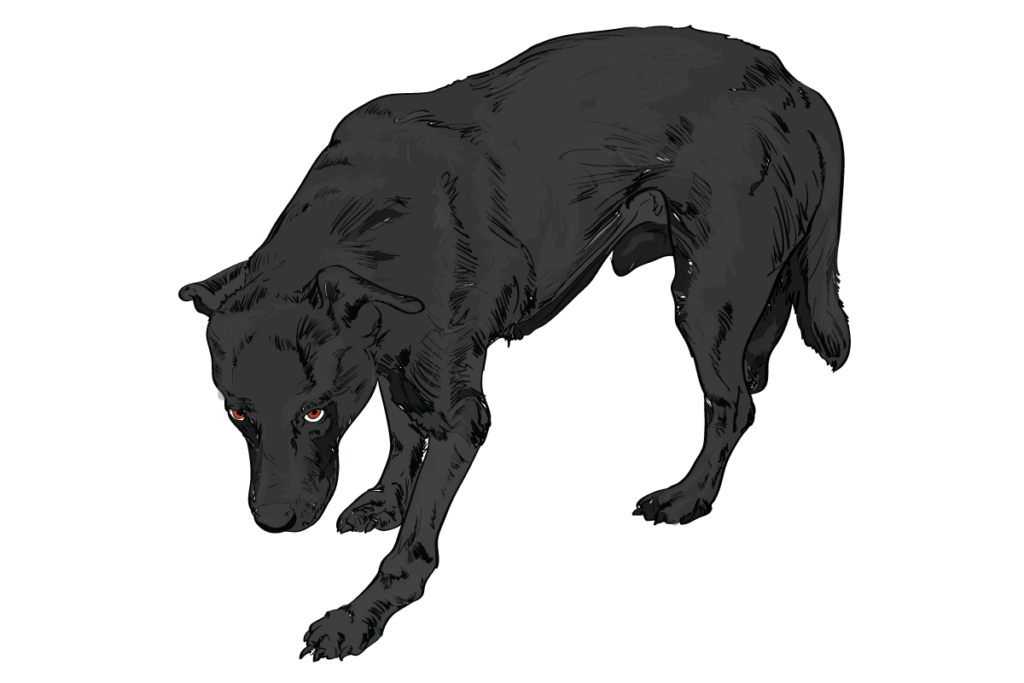
This is another communication that is pretty easy to read. When your dog crouches low, tail tucked, head down and averted, he is clearly telling you he is afraid of the situation. If you do not listen to your dog and back off and/or get him out of the situation, some dogs will progress to biting to let you know they are scared.
#3 – Panting when it’s not hot
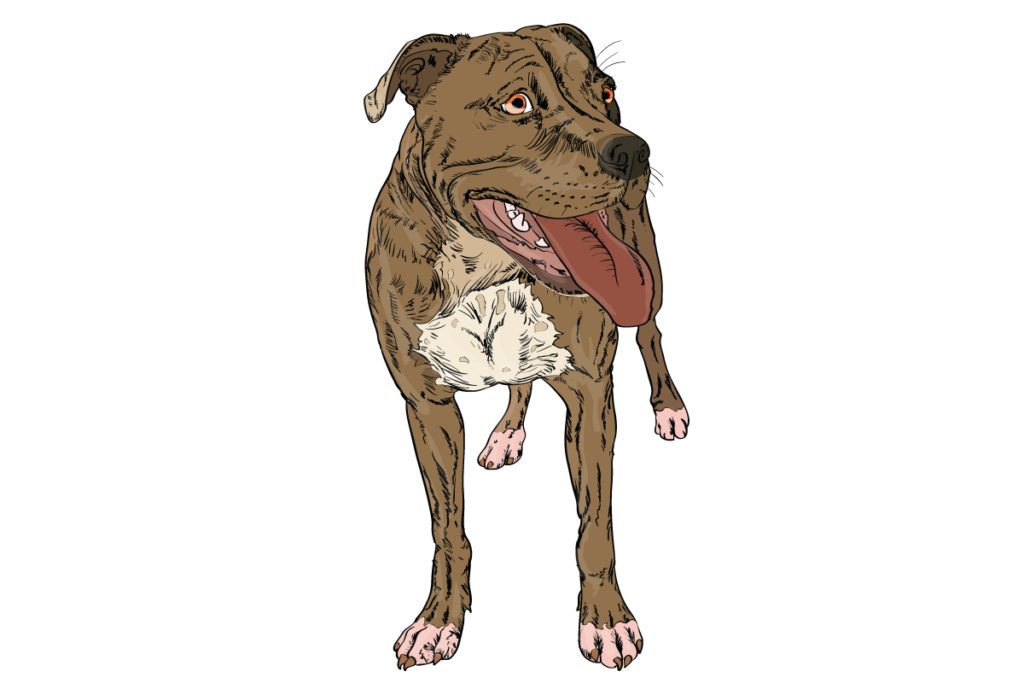
If your dog is panting when it’s not warm out, he is telling you he is stressed. Time to change the environment or what you are doing in order to avoid further stress on your dog.
#4 – Whining
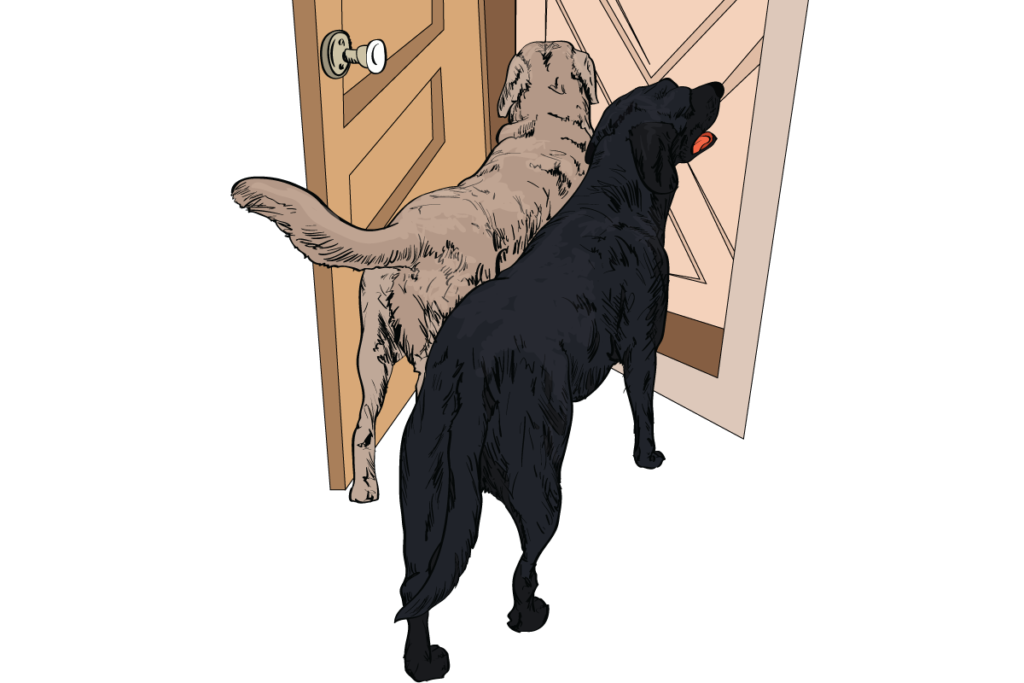
Whining is a hard one because dogs whine to tell you different things. Some dogs may whine when they need to go to the bathroom. I have a dog that whines when the water bowl is empty. Your dog may also whine when she is excited or stressed. Look at what else is going on in the environment to tell which of these whines your dog is using. For example, if he is standing at the door whining, he probably wants out OR is excited about whoever is on the other side of the door.
#5 – Head snaps around suddenly
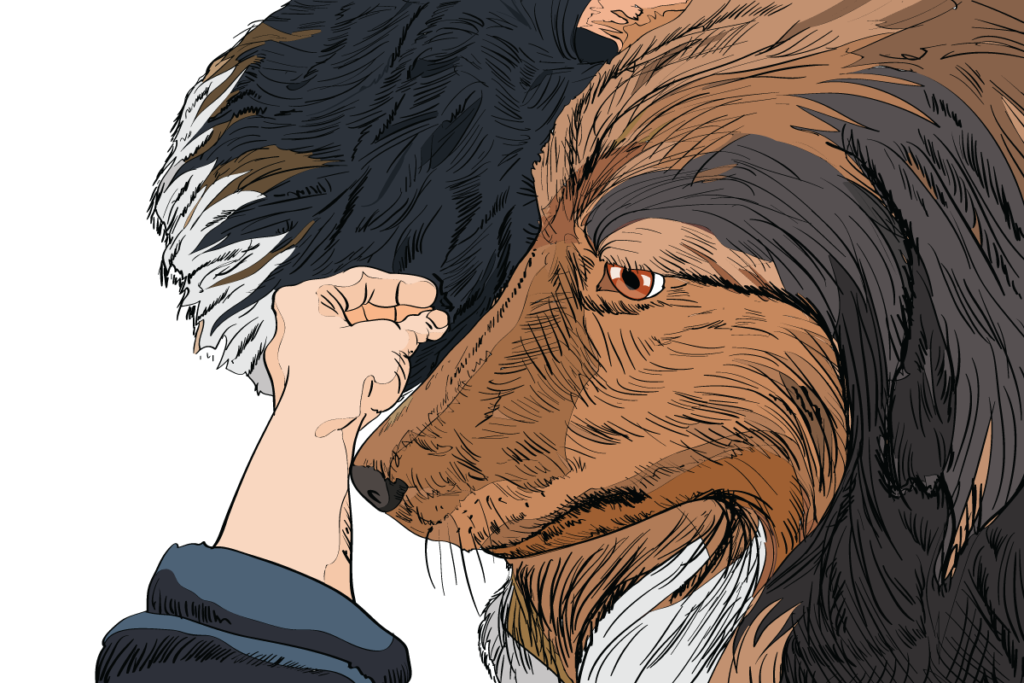
This one is often missed by owners (and definitely kids) when you are handling your dog. But if your dog whips his head around quickly to the area you are touching, it either means it hurts or he is not comfortable with you touching there. For either of these reasons, it can be a warning – if you don’t stop, I’ll bite next. Knowing this can help you learn if your dog has a painful spot and also keep you (or a child) from being bit when handling a sensitive dog. (You can see the dog in this picture is showing the whites of her eyes, another sign she is not comfortable.)
#6 – Barking at you

Does your dog bark at you to get something – food, a walk, play time, you to throw that toy? This is most likely a “taught” language – meaning, your dog tried it once or twice, it got him what he wanted, so he continued. A trainer can help your pup develop better behavior.
#7 – Stiff body
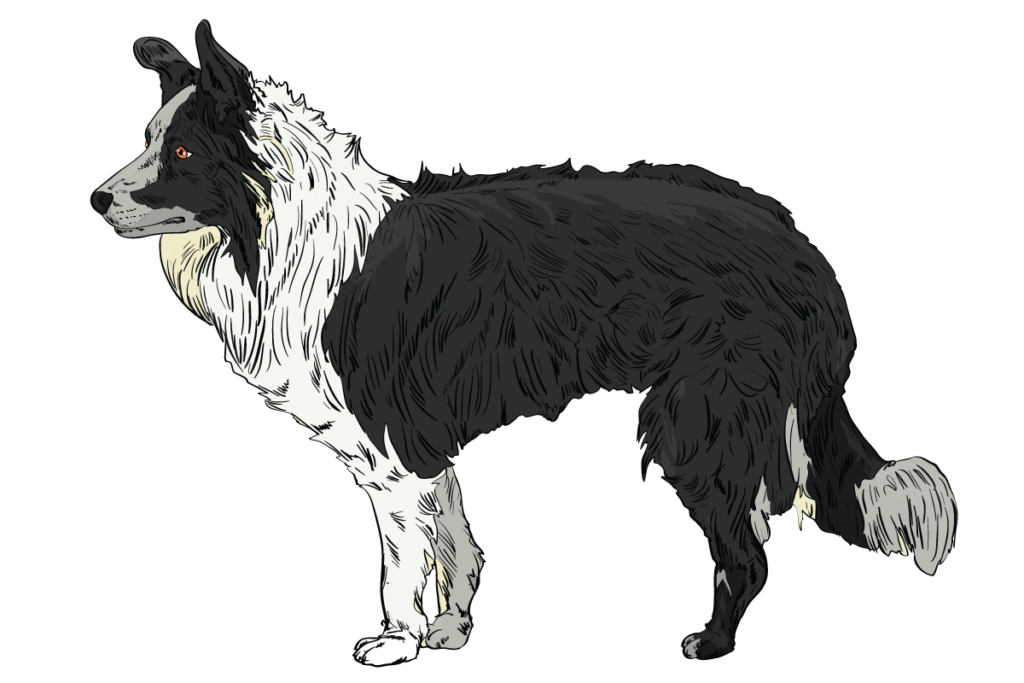
A stiff body is your dog’s way of saying “something’s up and I don’t like it.” If you see your dog go stiff, it usually means they are about to react to something, like a cat, a person at the door, another dog, etc. Be aware of this signal can help you avoid the next part, which can lead to fights and bites. If your dog gets stiff and starts to stare, it’s time to redirect his attention elsewhere.
 Toledo, United States.
Toledo, United States.
